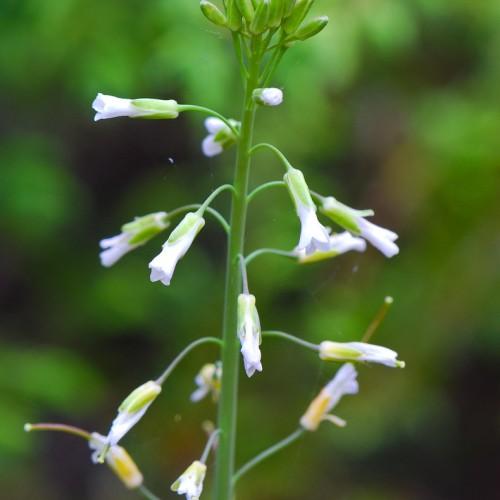
Spreadingpod Rockcress
Boechera divaricarpa
Also Known As - Hybrid Rock CressWatering:
Minimal
Hardiness Zone:
Sun:
full sun,part shade
Leaf:
Yes
Growth Rate:
Low
Drought Tolerant:
Yes
Salt Tolerant:
Yes
Care Level:
Medium
watering
Four Corners Rockcress should be watered weekly during the growing season. Provide the plant with about 1 inch of water each week, saturating the soil to the roots. In the winter, reduce watering to once a month. Make sure the soil dries between waterings and that the plant does not sit in water.
sunlight
Four Corners Rockcress is best grown in full sun, meaning that it should be planted in a spot that receives 8 to 10 hours of direct sunlight each day. The optimal time of day for this species to receive the most sunlight is between 10 a.m. and 6 p.m., with the peak sunlight hours typically occurring around noon. If the plant gets less than the recommended amount of sunlight, its growth may slow and eventually halt. It is important to ensure that the plant receives the necessary amount of direct sunlight year-round if it is to thrive and produce the most and best flowers.
pruning
Four Corners Rockcress should be pruned in late winter or early spring. Pruning should be done as little as possible, and the goal should be to remove old, straggly stems and seed heads. This helps to prevent overcrowding in the plant and encourages the development of fresh, new growth. To perform pruning, remove any stems that have dead or dying foliage from the middle and back of the plant. Pruning can also be used to control the plant’s size by selectively thinning stems. Thinning should be done by removing entire stems, taking care not to leave any stubs. New growth can also be encouraged by pruning off the tips of the stems.
